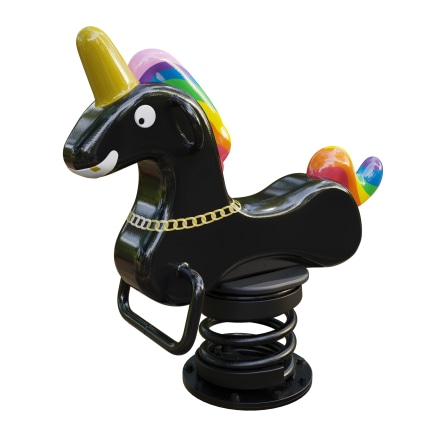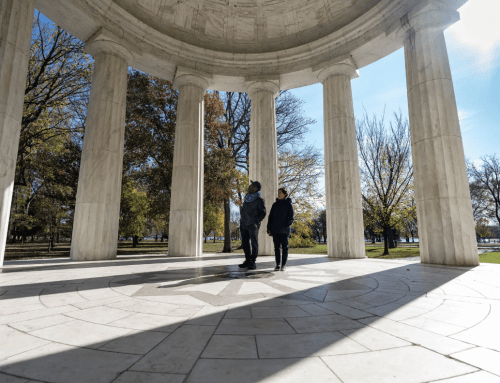

The Natonal Mall in Washington, which hosted the AIDS Memorial Quilt in 1987 and a remembrance for Covid-19 victms last year, will have its green acres transformed into a temporary exhibiton next summer that reimagines the role of monuments in the telling of American history.
The exhibiton, announced on Wednesday by the Trust for the Natonal Mall, is part of a $4.5 million initative for new programming at the park that emphasizes equity and inclusivity.
“Normally for artsts, you work in isolaton, but this is about being vulnerable and acknowledging the audience,” said Derrick Adams, a sculptor and one of the six artsts commissioned for the project.
Adams hopes to install his proposed work — a playground that explores histories of desegrega#on in and around the capital — near the Na#onal Museum of African American History and Culture. “Kids will see it as a beacon of education,” he said.
The other artists in the exhibiton, called “Pulling Together,” are Vanessa German, Wendy Red Star, Paul Ramírez Jonas, Ashon Crawley and Tiffany Chung. They were all selected because of their experience producing work about democracy and public memory, said Paul Farber, the director of the nonprofit Monument Lab.
“The prompt asked artists to think about what stories remained untold on the mall,” Farber said. “There were a few themes we were interested in seeing, which included diaspora, migration, displacement and civic gathering.” The Natonal Mall has been described as the country’s civic stage, where demonstrators have marched in defense of human rights and as part of political debates. The exhibition will be the first organized group art show in the park’s history, said Teresa Durkin, the trust’s executive vice president.
“When it comes to permanent memorialization, it is a lengthy, very costly and sometimes controversial process,” she said. “We think that having alternatives will allow more people to participate and to be heard.”
Salamishah Tillet, a contributing critic for The New York Times who won the 2022 Pulitzer Prize in criticism, is curating the exhibition with Farber. She said that the public’s relationship with monuments had grown in recent years alongside the social justice movement, and that a goal of the exhibi#on was to offer people “prototype monuments with which they can physically interact, see themselves in and gather together.”
Funding for the Trust for the National Mall’s larger initiative, called Beyond Granite, comes from the Mellon Founda#on’s Monuments Project, which started in 2020 with a goal of spending $250 million to improve the diversity of the country’s commemorative landscape. The project funded an audit of the na#on’s monuments by Monument Lab, which determined that of the 50 individuals represented most frequently by monuments in the United States, 88 percent were white men and half were slave owners.
Durkin described “Pulling Together” as a pilot arts program for the National Mall, where until recently the trust’s focus has been mostly on restoration and maintenance projects.
“Our hope is that we will learn all we need to create a sustainable program that the trust would manage,” Durkin said, “so we can continue to help people come and tell their stories.”
Zachary Small is a reporter who covers the dynamics of power and privilege in the art world. They have wriken for The Times since 2019. @zacharyhsmall